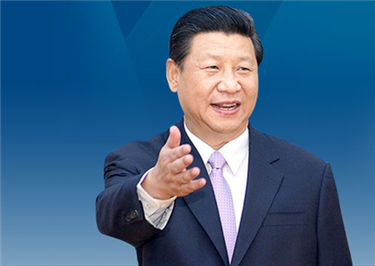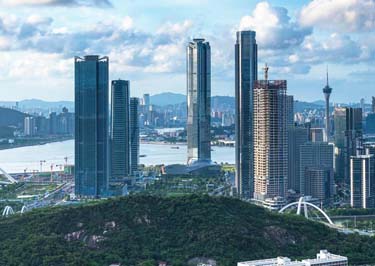Tang BaoE (Tang Bao'e)
One of the first two Chinese to graduate college in Japan
1
The Sino-Japanese War of 1894-95 drove home the pressing need for industrial modernization. As a result of China's humiliation, the Qing government began to dispatch students to Japan to study the Meiji ("enlightened rule") Restoration that had marked the end of feudalism and opening of Japan to western ideas.
The first contingent of 13 students set out from Tientsin (Tianjin) on June 15, 1896. The youngest was 18-year-old Tang BaoE, who had been born in Tangjiawan Town of what is today Zhuhai.
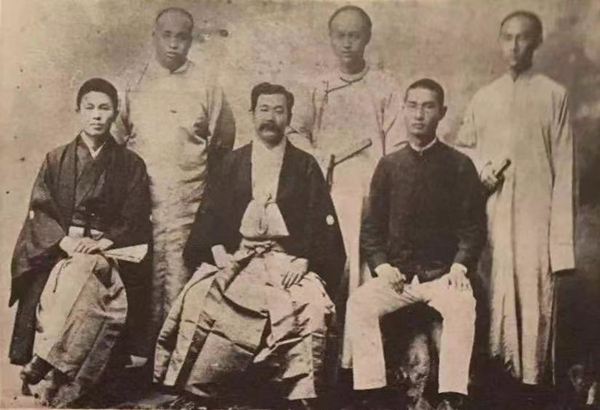
Tang BaoE stands at far right with instructors sitting in the front and some of the first 13 students in 1896 [Photo courtesy book, History of Study in Japan for Chinese Students, by Sanetou Keishuu]
The students studied Japanese language and general subjects with the principal of Tokyo Higher Normal School. In charge was Kano Jigoro, educator and athlete, who was also the founder of the martial art judo. Seven of the Chinese graduated three years later when Tang and another two of them went to study law in Tokyo Higher Technical School.
Tang enrolled into Waseda University alone and graduated from the Department of Political Science & Economics in 1905, becoming one of the two first Chinese students to earn a degree in Japan. The other was Jin Bangping, who went to Japan from Anhui Province in 1899.
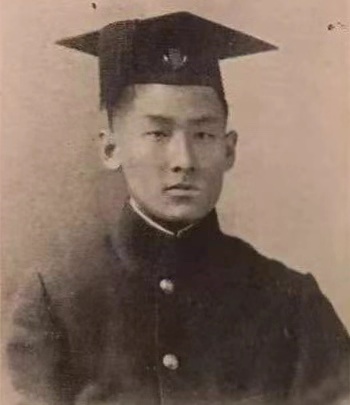
Tang BaoE upon graduation from Waseda University
2
Tang BaoE was born in a comprador family. He passed the Provincial Examination and became a Certified Student at age 18. Having high scores, he was selected at an imperial examination in Shanghai to study in Japan.
Working tirelessly, Tang became the leading Chinese student. Before graduation, he coauthored the book, Rules of Japanese Language《东语正规》, to help Chinese learn Japanese.
Published in Japan by Shanghai-headquartered Zuo Xin She Printing Office, the book was reprinted several times and was popular with Chinese students studying in Japan.
Waseda University Professor Saneto Keishuu, who is respected in both China and Japan as the founder of modern Sino-Japanese studies, had commented on the book: "Starting from the essentials of Japanese grammar and talking about dialogues and Hentai-Kana with stress, the book is an epoch-making textbook for Chinese people to learn Japanese."
3
In 1903, the Qing government encouraged overseas students to come back to gain official rank and serve the country. Yüan Shih-k'ai (Yuan Shikai, later to become first president of the Republic of China), viceroy of the province of Chili (Hebei), gave the returned students the first test. Tang was selected to attend the Final Imperial Examination at the Hall of Preserved Harmony in Beijing.
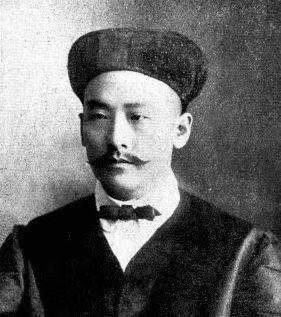
Official Tang BaoE
Two days later, Tang passed the government examination and was called in to meet with Empress Dowager Tz'u-his (Cixi) and Emperor Kuang-hsu (Guangxu), the latter promulgating a decree to grant Tang the position of A-Level Imperial Scholar and rank of Corrector in the Imperial Academy.
4
In l905, the Qing Court decreed that Tsai Tse (Zaize) and four other ministers would go abroad for an inspection tour to prepare for constitutionalism. Serving as an interpreter, Tang escorted Tsai Tse to Japan, visiting the cabinet and Ministry of Finance and studying the laws and financial systems following the Meiji Restoration.
At noon of the New Year's Day, 1906, Japanese Emperor Meiji met with Tsai Tse and his party. Tang was highly praised for his interpretation and granted a Meiji Medal by the emperor.
Upon return, the Qing court received from Tang a series of reports on Meiji Restoration and Japan's judicial system, constitution and criminal law, railroad construction, and the education system. He also translated Headlines of Japan's Police & Decrees, Japan's Mining Regulations, Japan' s Ore Sands Quarrying, and A Collection of Japan's Railroad System.
5
Nonetheless, the Japanese experience failed to save the reign of the Qing Dynasty (1644-1911) from The Revolution of 1911.
The Qing court appointed Tang as counselor and secretary general to escort Tong Shao Yi (Tang Shaoyi, who briefly served as the first premier of the Republic of China) to Shanghai to negotiate peace with representatives of southern provinces.
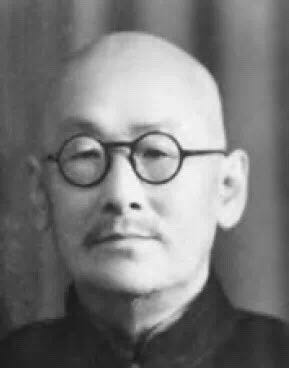
Tang BaoE (Tang Bao'e) (1878-1953) [File photo]
Tong Shao Yi, a former Chinese Educational Mission (initiated by Rong Hong or Yung Wing of Nanping in Zhuhai) student, Tangjiawan native, and relative of Tang BaoE, maintained that, "The Qing Court deserves no existence while the republic needs a propeller," regardless of overseas education.
Peace talks concluded with a decision that the last Qing emperor P'u-i (Puyi) must abdicate, thus ending the 2,000-year imperial monarchy in China in 1911.
6
Tang BaoE worked as an advisor to the Provisional President's Office and Chili Military Governor's Office. He also served as senior advisor to the Suiyuan General's Office and once as Kweisui (Hohhot) City Police director in Inner Mongolia.
During this period, he set himself against Yüan Shih-k'ai's attempt to restore the monarchy. Yüan, the self-proclaimed emperor, died in 1916.
Tang went to Canton (Guangzhou) to attend the Extraordinary Congress held by Dr Sun Yat-sen on August 25, 1917 and was elected a congressman.
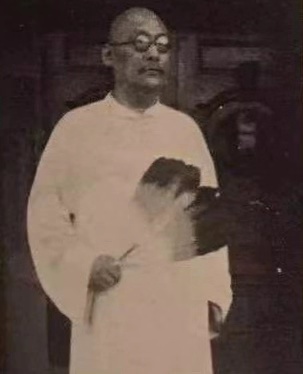
Tang in 1939 [Photos courtesy gh_70bb6bc4a3f7]
Tang withdrew from the political arena after Dr Sun's death in 1925 and became a lawyer in Tientsin. He was appointed as an advisor to the Beijing Railway Bureau and later president of the China Bar Association.
A pioneer of Chinese students to study in Japan, Tang died of disease in Tientsin in 1953 at age 75.

